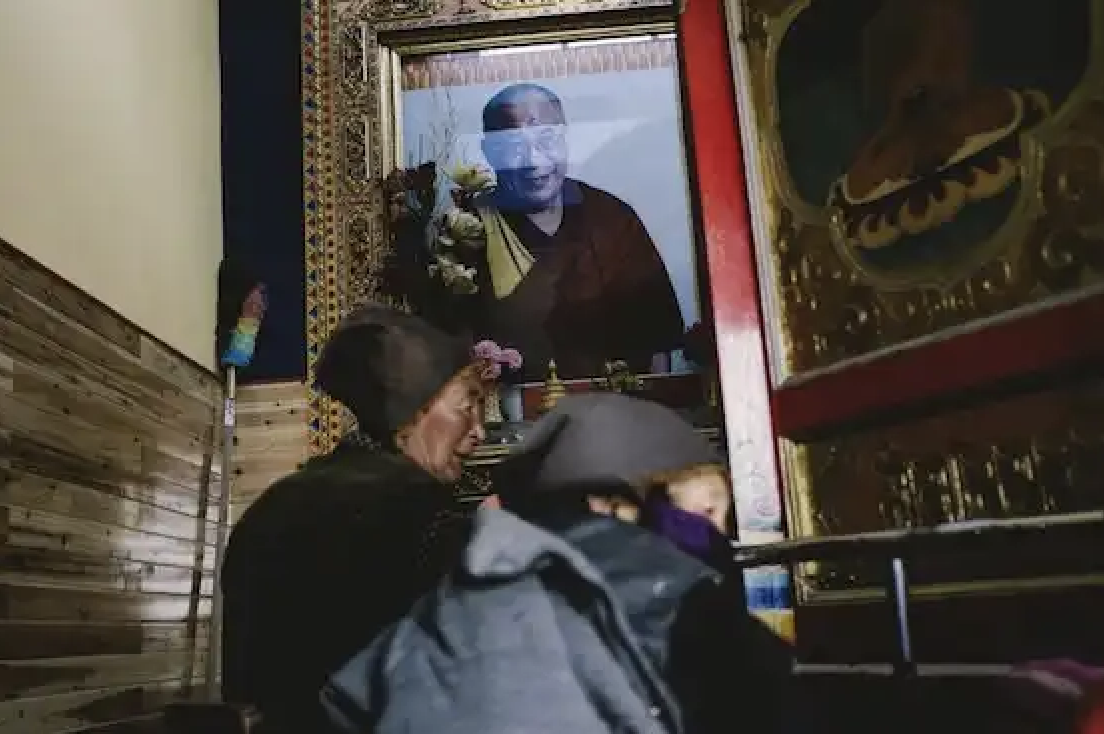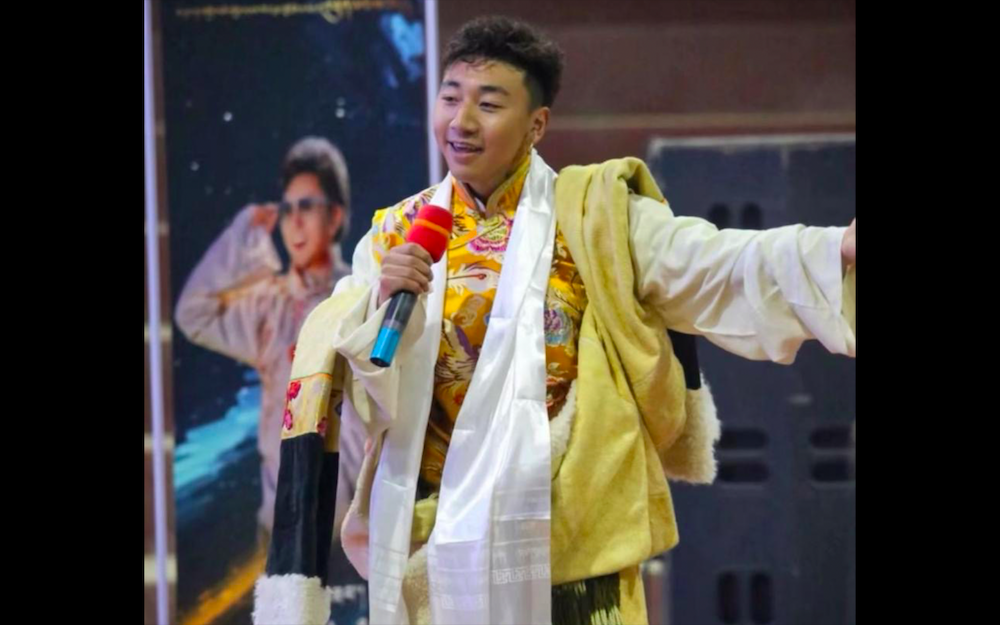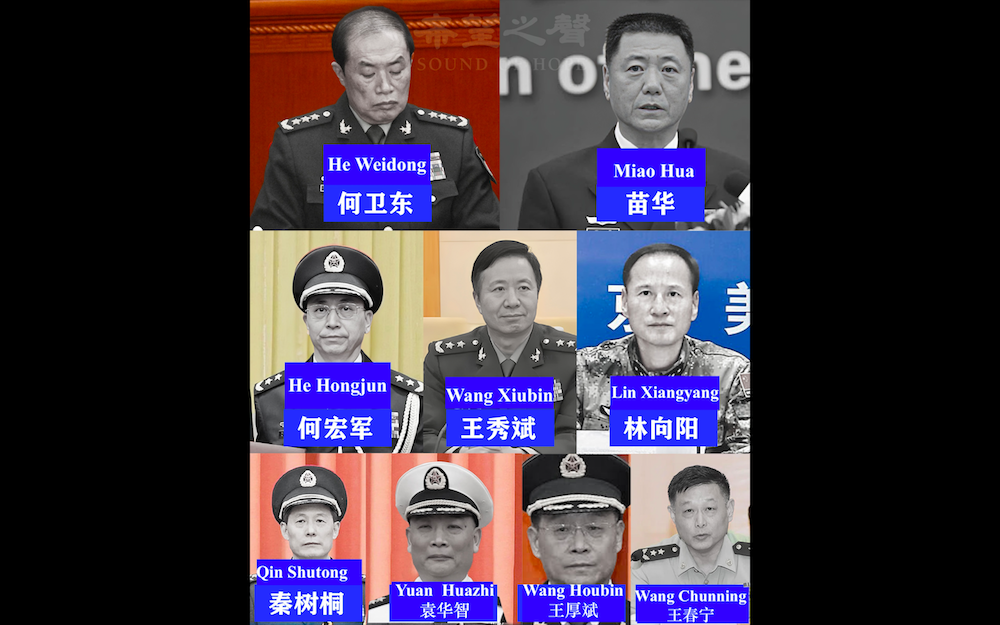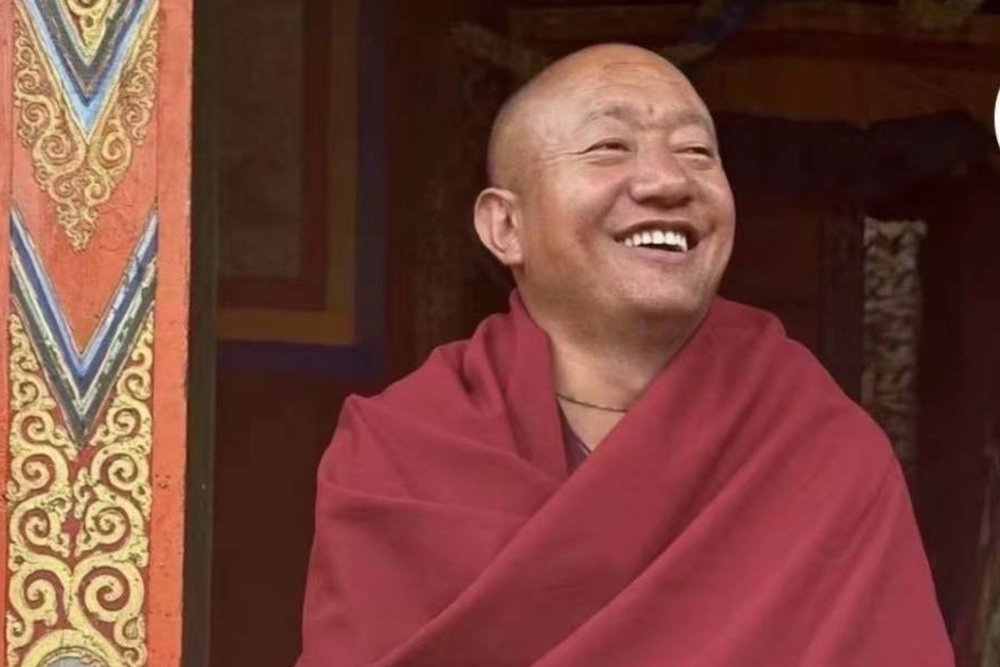The 7th of September 2004 marked the centennial of the signing of a Treaty between Tibet and a British imperial mission under the command of the Indian Political Officer, Colonel Francis Younghusband.
The “Younghusband mission” invaded Tibet and fought its way to Lhasa, thus ending Tibet’s self-imposed isolation from the West. After forcing the Tibetans to sign the Treaty, which established bilateral trade and diplomatic ties, Younghusband’s forces withdrew from Lhasa on 23 September 1904. The mission ushered in a century of turmoil for Tibet, as it was forced to confront the forces of Western modernity, and later the Chinese communist take-over.
Younghusband’s mission was an imperial aggression, ostensibly to prevent Russian influence from dominating Tibet and false rumours of Russian weapons in Lhasa were used to justify its despatch. But even the obvious parallels between Younghusband’s mission and the recent invasion of Iraq have been largely ignored by the British media. In China, however, the centenary of the mission has been widely marked, both in the media and through a number of commemorative events and conferences being held this year, including in Tibet itself.
In London the centennial was marked by a seminar held at the School of Oriental and African Studies (London University), to consider “New Approaches to the Younghusband Mission”. The seminar was organised by Emilie Hunter, an MA student in the Law Department at SOAS, Lindsay Zamponi, a PhD student in SOAS’s Department of Art and Archaeology, and Daniel Russell, an MA student in Modern South Asian History at Oxford. Dr Alex McKay, a Research Fellow in Indo-Tibetan history at London University, chaired the seminar, which was sponsored by the Tibet Society (U.K.) in association with the Tibetan Community in the U.K., and Free Tibet Campaign, with assistance from members of the SOAS Tibet Society.
The Younghusband mission removed 400 mule loads of relics from Tibet, and the means by which they were acquired and the subsequent history of these items was the subject of considerable discussion. Two papers, those of Dr Hildegard Diemberger (Department of Anthropology, Cambridge University) and Lindsay Zamponi, focussed specifically on this issue. The opening paper of the day was given by Dr Diemberger (who left for Lhasa immediately afterwards!) and described a new academic project to catalogue the manuscripts collected in Tibet by Dr L.A.Waddell IMS. Waddell, a contemporary expert on Tibetan Buddhism, was nominally the medical chief on the mission but was actually primarily concerned with collecting Tibetan material objects for removal to India and the U.K. Lindsay Zamponi’s paper discussed how items were actually collected on the mission. While Waddell did have a budget to purchase objects, some of the material removed from Tibet by members of the mission was clearly looted, and there was ‘an extremely complex set of motivations’ for the collection, which is now dispersed in several locations including the British Museum and the Victoria and Albert Museum.
The mission itself was the focus of two entertaining presentations. Firstly the writer Charles Allen, author of Duel in the Snows: The True Story of the Younghusband Mission to Lhasa, critiqued the popular understanding of Younghusband as the unblemished hero of the mission, with the military commander, General Macdonald, the “villain of the piece”. He described Younghusband as ‘convincing himself he was carrying out some higher purpose’, and his supporters as orchestrating the understanding of Macdonald as ineffective and over-cautious. The independent scholar Roger Croston presented a slide-show of photographs from a Royal Geographical Society Collection that were taken by a member of the mission and he gave selected extracts from related diary entries by the officer concerned, Lieutenant Davys IMS. Croston then displayed campaign medals and contemporary books and documents concerning the mission.
Emilie Hunter and Tim Myatt, an Oxford postgraduate student, discussed the mission as history. Hunter’s paper analysed contemporary Chinese and Tibetan language media accounts of the mission to show that their definitions are not entirely consistent and are still being negotiated a century after events. Myatt, after discussing orders passed by the 13th Dalai Lama during the mission, focussed on the modern interpretation of the mission as presented in museums and monuments in Gyantse, the scene of heavy fighting in 1904.
The seminar concluded with a wide-ranging discussion; Dr McKay noted recent new works in the field and summed up the numerous sources as yet unexplored. These include British military sources and contemporary European critiques, but in particular Asian accounts, including Russian, Chinese, Tibetan, Bhutanese, Nepalese, Ladakhi and perhaps most importantly Manchu records. Several discussants raised the issue of “Tibet as Shangri-La” and the effect of the mission on that perspective and it was noted that British sources invariably see the mission as an invasion of Tibet, not an invasion of China. But with the British and then the Chinese subsequently speaking for Tibet in international relations, it also marked the end of an independent Tibetan voice on the world stage. Certainly the conference indicated that there remain numerous approaches to the Younghusband mission as yet unexplored and that this event was extremely significant in shaping the future of Tibet.









